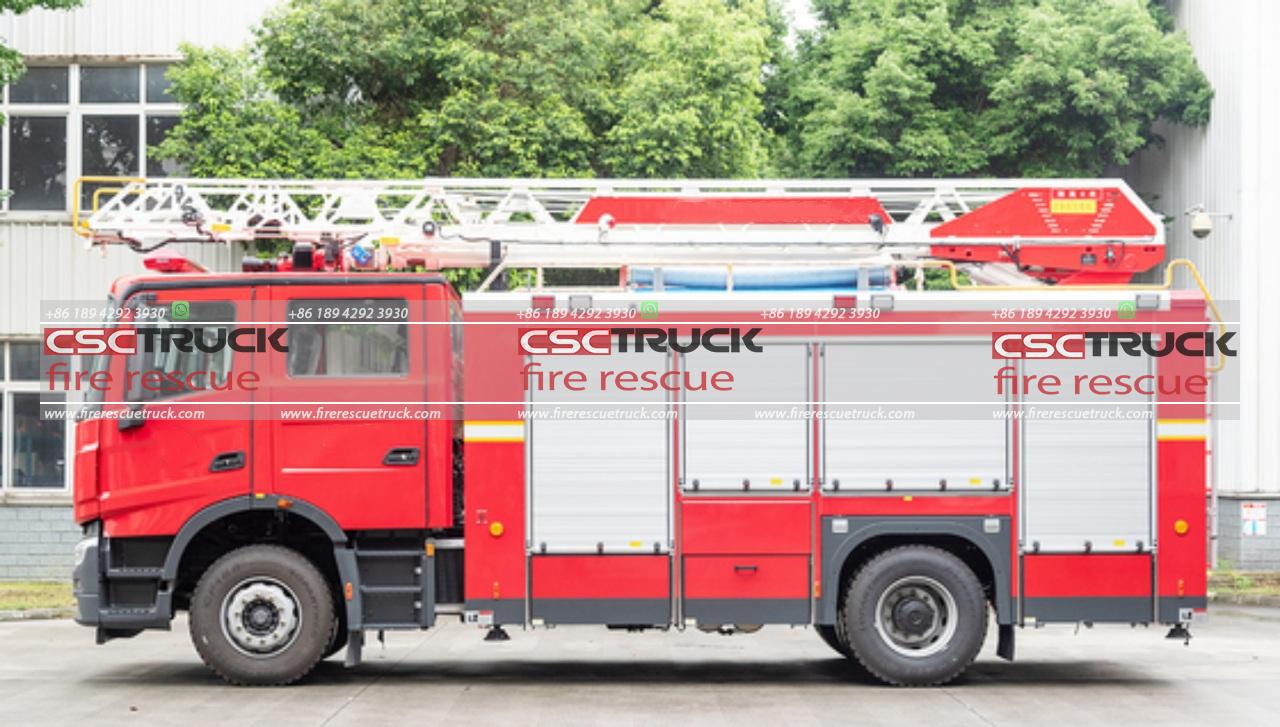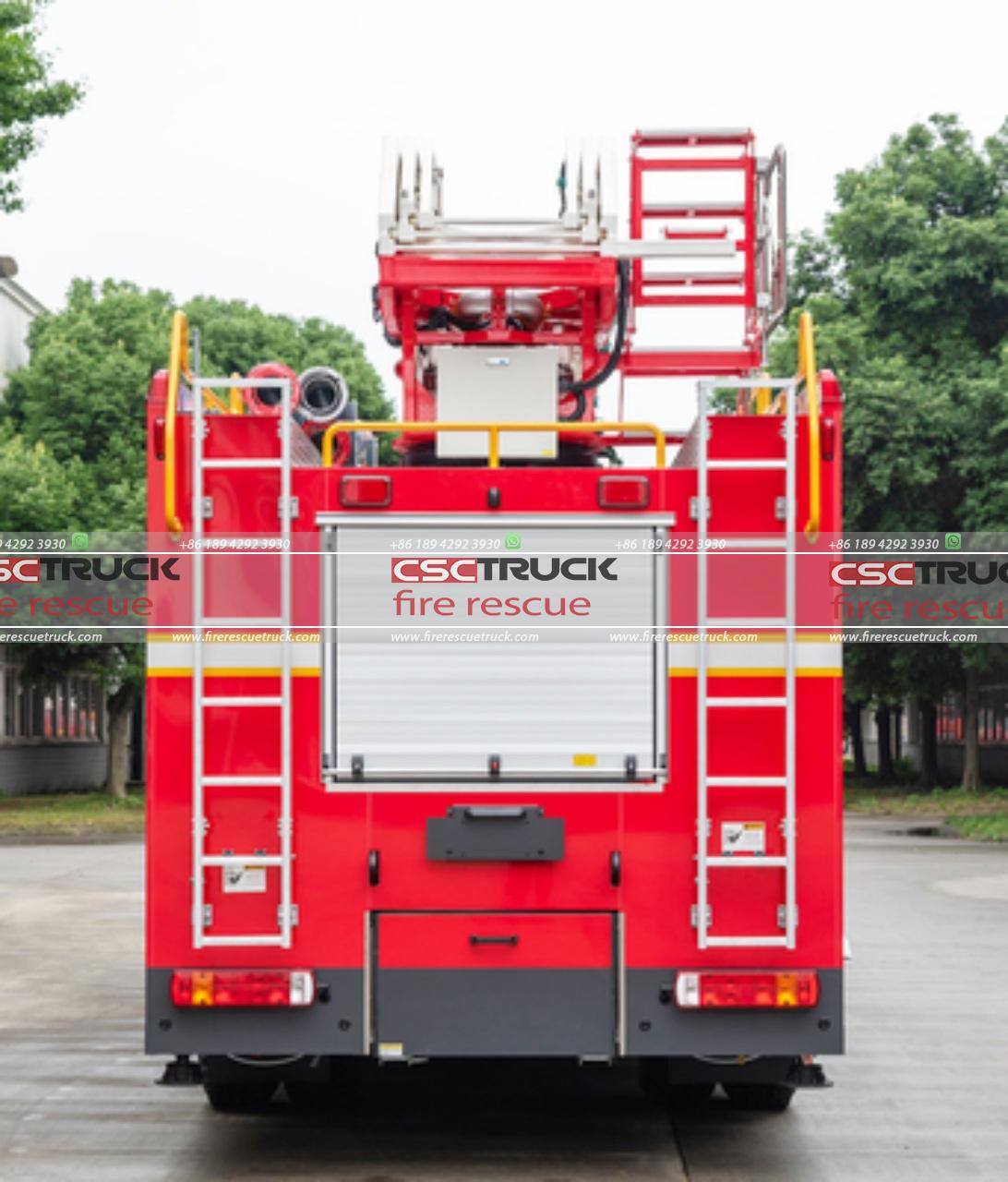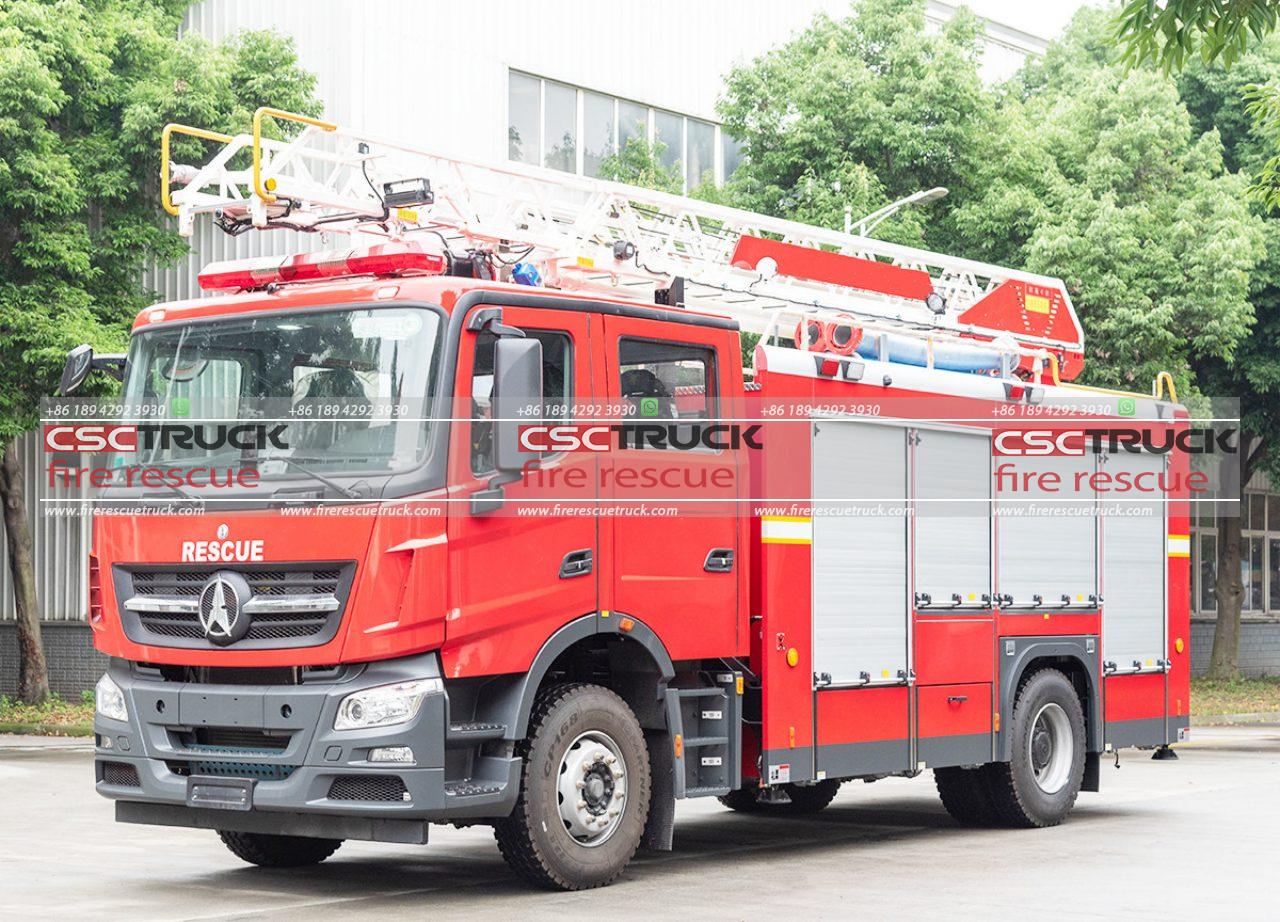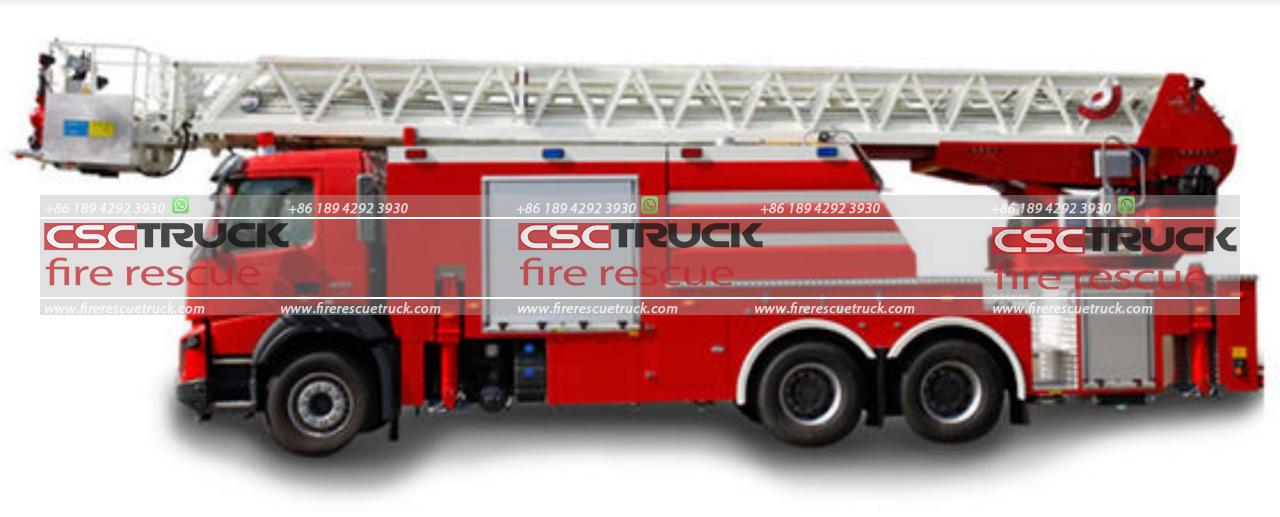How Many Types of Ladders Are Used in Fire Service?
In firefighting, ladders are among the most crucial tools used for reaching elevated areas, rescuing people, and gaining access to places that are otherwise difficult to reach. Firefighters rely on various types of ladders, each designed for specific situations and adapted to the unique needs of fire and rescue operations. The type of ladder chosen is critical, as each offers unique features that can aid or restrict access depending on the environment. In this article, we will explore the different types of ladders used in the fire service, their characteristics, and how firefighters use them in real-life scenarios.
1. Ground Ladders
Ground ladders are portable, manually operated ladders that firefighters can set up quickly on the ground for immediate access to elevated areas. These ladders are fundamental to firefighting operations because they can be easily moved and adjusted. Ground ladders are typically made of aluminum or fiberglass, making them strong yet lightweight for easy handling.
Some common types of ground ladders include:
– Straight Ladders: These are single-section ladders, often ranging from 12 to 24 feet in length. They are used for straightforward, quick access to low-rise buildings, windows, and other small heights. They are easy to deploy, carry, and set up, making them ideal for smaller spaces and rapid-response situations.
– Roof Ladders: Roof ladders are equipped with hooks at the top, which can secure the ladder onto the peak of a roof, providing a stable foothold. These ladders help firefighters work safely on sloped or slippery surfaces, allowing them to cut ventilation holes or access roof-based rescue points.
– Extension Ladders: Extension ladders are multi-section ladders that can be extended to reach greater heights. These ladders are highly versatile, extending from about 24 to 35 feet in length, and are used to access multi-story buildings. Their telescoping feature allows them to be compact for transportation but adjustable to the necessary height when deployed.
– Folding Ladders: Sometimes referred to as attic ladders, folding ladders are compact, collapsible ladders designed to navigate narrow spaces, such as attics or cramped rooms. They are lighter and typically shorter than other ground ladders, usually reaching about 10 to 12 feet. These ladders are ideal for indoor use and for accessing hard-to-reach spots during rescue operations.

2. Aerial Ladders
Aerial ladders are mounted on fire trucks and are significantly longer than ground ladders. They offer quick deployment to heights of up to 100 feet or more, making them essential for tackling fires in high-rise buildings. The following types of aerial ladders are widely used:
– Straight Aerial Ladders: Straight aerial ladders are long, extendable ladders attached to a rotating platform on a fire truck. These ladders are primarily used for rescues and elevated firefighting, providing access to high windows, rooftops, and balconies. Since they can be extended and angled as needed, they offer flexibility and reach for firefighting teams.
– Telescopic Aerial Ladders: Telescopic aerial ladders have multiple sections that extend outward to reach even higher levels. They operate similarly to extension ladders but with a higher degree of flexibility. Telescopic aerial ladders are highly adaptable for tall buildings, providing better range and stability than single-section aerial ladders.
– Turntable Ladders: These ladders are mounted on a rotating platform or “turntable,” allowing them to swivel 360 degrees. This full rotation capability is crucial in urban environments, where space can be limited, and fire trucks need to maneuver around buildings. Turntable ladders offer versatile access, allowing firefighters to position the ladder precisely where needed, regardless of the fire truck’s orientation.
– Tower Ladders: Tower ladders are equipped with a large bucket or platform at the top, allowing firefighters to operate hoses or carry out rescues from a safe, elevated platform. Tower ladders are beneficial in high-rise fires where prolonged firefighting or rescue operations require stability and continuous water flow from the elevated platform. The platform also gives firefighters room to carry equipment or bring down multiple victims at once.
3. Articulating Boom Ladders
Articulating boom ladders, or “knuckle booms,” are designed with hinged sections that can bend and articulate around obstacles. These ladders are used in situations where firefighters need to maneuver around tight spaces, such as urban environments with numerous obstacles, overhanging trees, or power lines. They are mounted on specialized fire trucks with a hydraulic system, allowing for smooth, controlled movement. Articulating boom ladders are particularly useful in scenarios where traditional ladders would struggle to reach due to structural or environmental obstructions.

4. Combination Ladders
Combination ladders are versatile tools that can be adjusted into multiple configurations, making them suitable for various scenarios. These ladders can function as a straight ladder, an A-frame ladder, or even an extension ladder, depending on the need. Combination ladders are often used for indoor operations or areas where traditional ground ladders may not fit. Their flexible configuration options make them ideal for maneuvering within confined spaces, such as basements or narrow hallways.
5. Step Ladders
Step ladders, though not typically used for high-rescue operations, are essential for indoor firefighting and accessing low-height areas like attics or storage spaces. Step ladders are self-supporting and can stand independently without leaning against a wall or structure. Their stable A-frame shape and limited height range make them practical for tasks like smoke ventilation or gaining access to spaces that may otherwise require breaking down walls or ceilings.

6. Fire Escape Ladders
Fire escape ladders are typically lightweight, portable ladders that can be deployed quickly in emergencies. These ladders are designed to assist in evacuations, providing occupants or firefighters with a safe descent option from windows or balconies. Some fire escape ladders are collapsible, meaning they can be stored compactly and deployed only when necessary, making them suitable for residential buildings, offices, and schools.
Ladder Materials and Safety Considerations
Fire service ladders are generally constructed from durable, lightweight materials like aluminum and fiberglass. Each material has specific advantages: aluminum is lighter and easier to handle, while fiberglass provides non-conductivity, crucial for working near electrical hazards. Ground ladders, particularly, must meet rigorous safety standards, ensuring they can bear the weight of multiple firefighters and the equipment they carry.
Regular inspections, testing, and maintenance are vital to keeping firefighting ladders safe and functional. This includes checking for signs of wear, such as cracks, dents, or signs of corrosion, as well as ensuring that all ladder mechanisms (such as locks and hinges) are in working order. Fire departments typically have strict protocols for ladder care, ensuring that every ladder used is in optimal condition.

Conclusion
The fire service relies on a range of ladders, each suited to specific rescue scenarios and building types. From portable ground ladders to specialized aerial, articulating boom, and combination ladders, each type has unique features designed to aid in firefighting and rescue efforts. The selection of the right ladder can significantly affect the success of an operation, as different environments require distinct ladder types to ensure safety and efficiency. Firefighters undergo extensive training to handle and deploy these ladders effectively, reinforcing the vital role these tools play in safeguarding lives and property.







